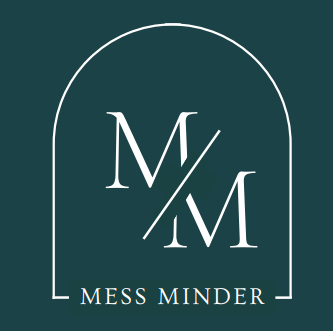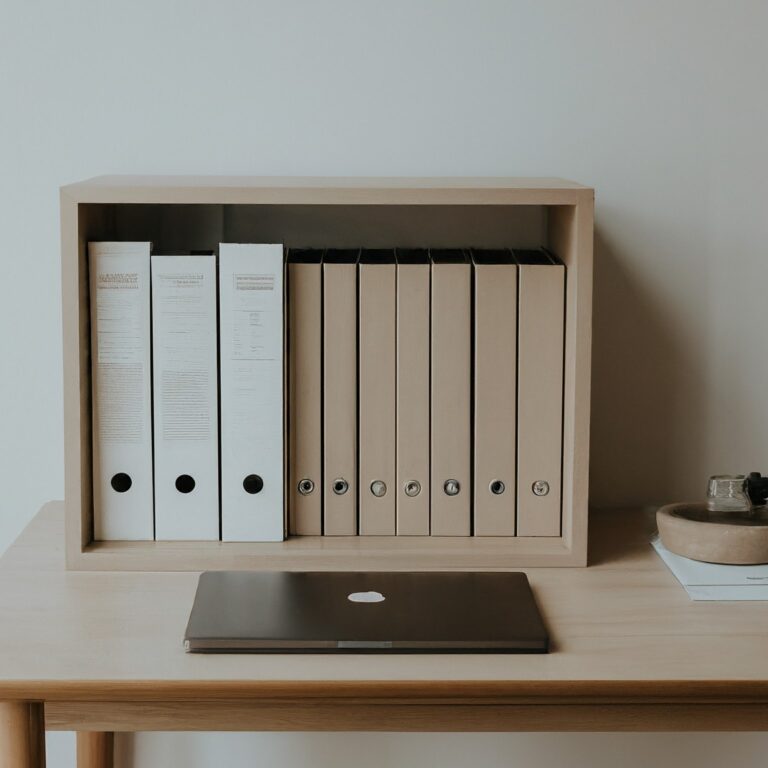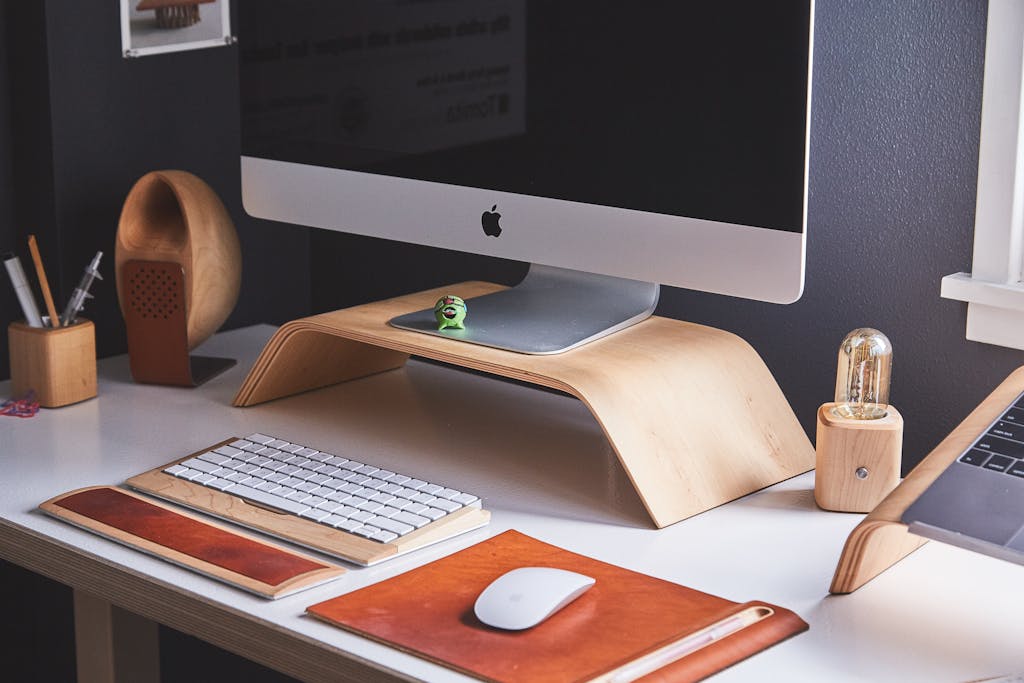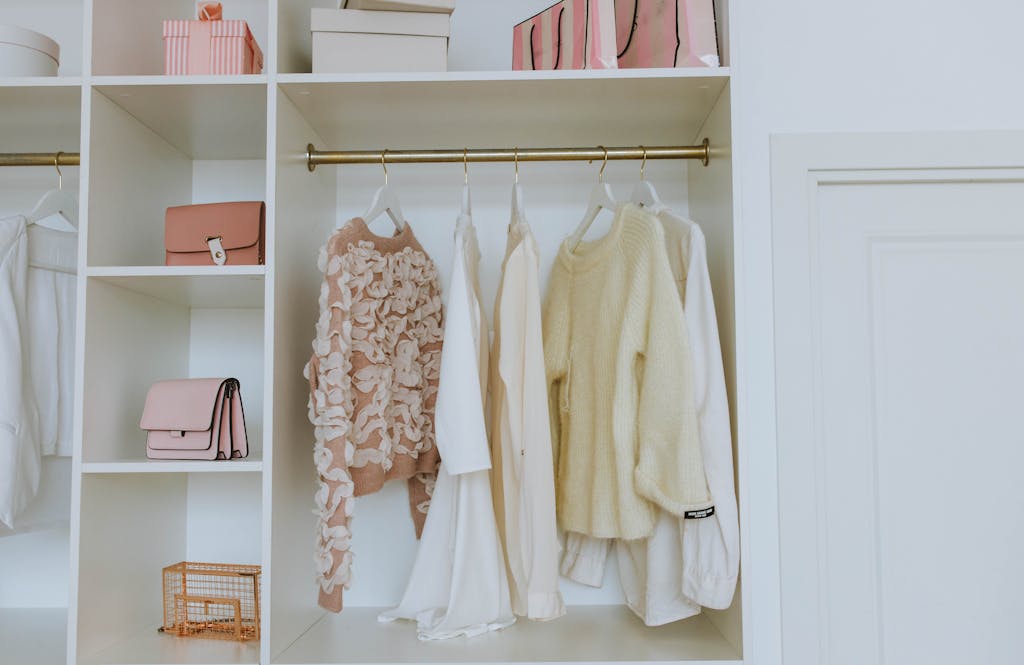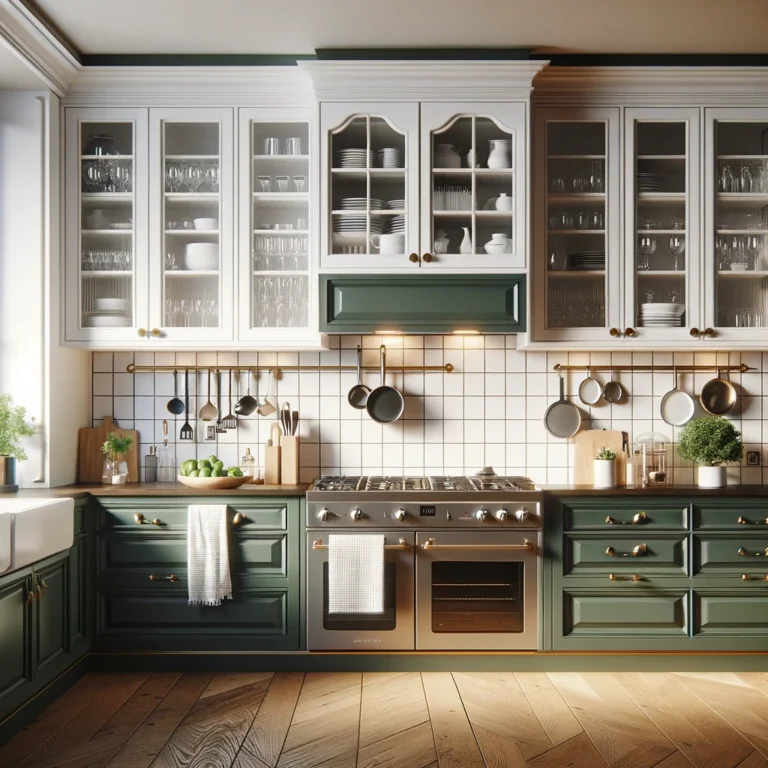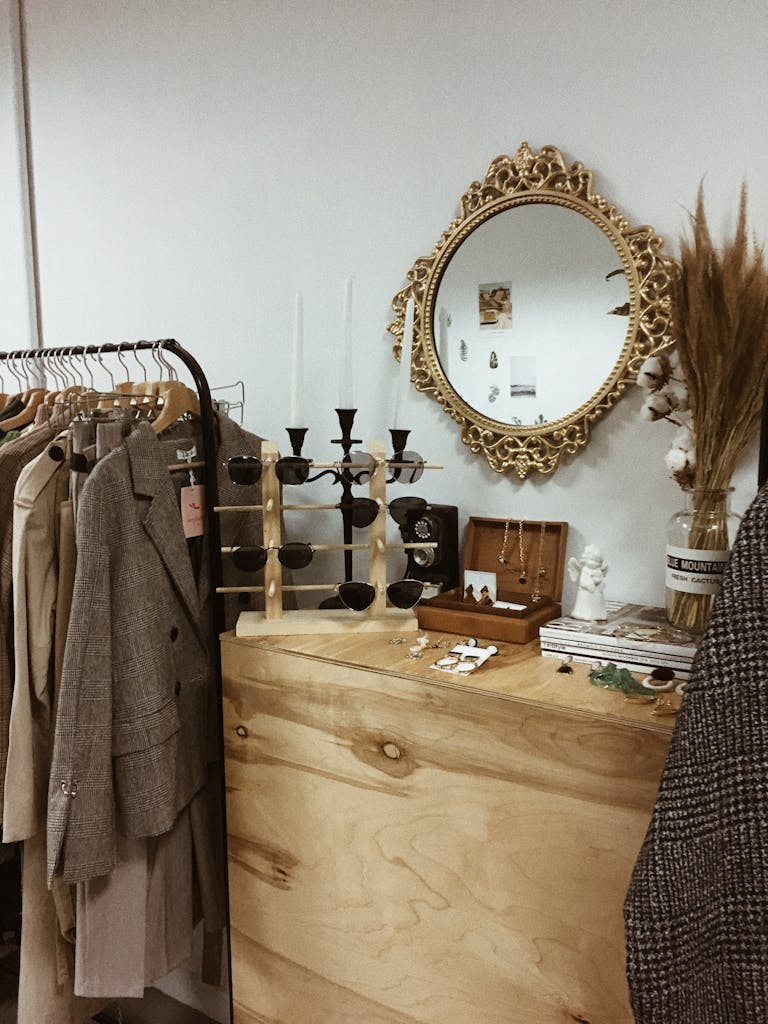Have you ever walked into a room in your home and felt an overwhelming sense of chaos? Perhaps it was a cluttered workspace, a disorganized kitchen, or a bedroom with a messy closet. We’ve all been there, and the truth is, clutter and disorganization can create a significant amount of stress and anxiety in our lives.
In this blog post, we’re going to explore the transformative power of organizing and decluttering your space. I’ll delve into the psychology of clutter, the science of organization, the benefits of an organized environment, and the practical steps you can take to create a neat and pleasant space that fosters well-being, peace, and calmness.
The Psychology of Clutter
Imagine a room filled with piles of papers, stacks of unopened mail, and a maze of random items. This is the way of life for many people, and the impact of clutter on our mental state is profound, even though they are not obvious. Clutter can create a constant feeling of unease and anxiety, making it difficult to relax or focus.
In a study published in the Journal of Environmental Psychology, researchers at the Princeton University Neuroscience Institute found that a cluttered environment competes for attention and results in decreased performance and increased stress. Another study conducted at the UCLA Centre on Everyday Lives and Families discovered a link between high cortisol levels (a stress hormone) in female homeowners and a high density of household objects.
The more items and possessions present, the higher the stress levels reported by the participants. Furthermore, a study published in the Personality and Social Psychology Bulletin demonstrated that individuals in tidy environments were more generous and willing to make healthier food choices compared to those in chaotic environments.
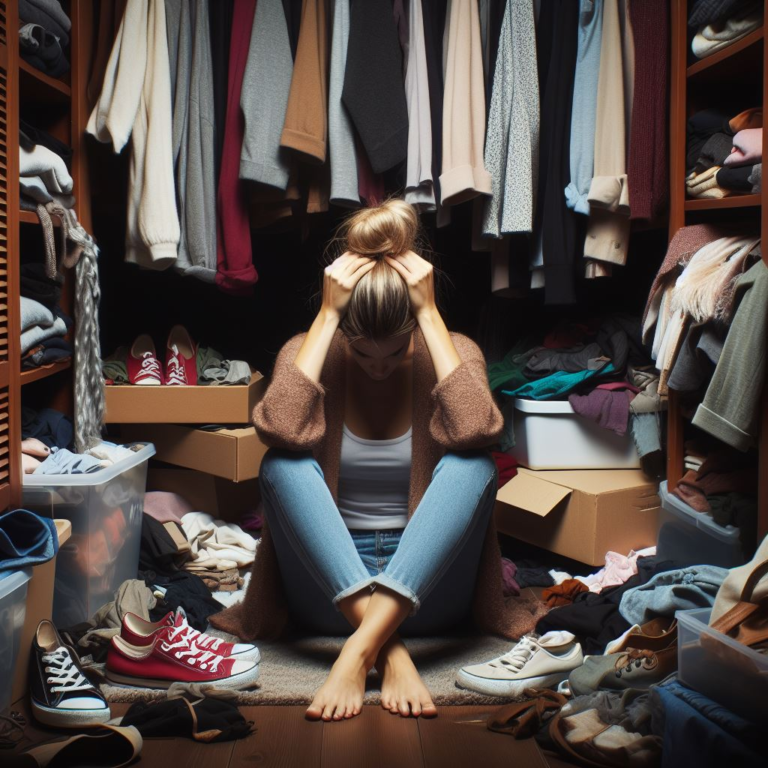
These studies collectively emphasize the impact of clutter on psychological well-being, providing empirical evidence for the detrimental effects of disorganization on stress levels, cognitive function, and decision-making.
The Science of Organization
Believe it or not, there’s a science behind organization techniques. Organization techniques are not arbitrary; instead, they are rooted in cognitive science and human psychology, embodied by principles like “a place for everything and everything in its place.” These concepts go beyond mere tidiness; they tap into our cognitive processes and emotional well-being. When items have designated spaces, our brains can more efficiently process information, leading to reduced cognitive load and increased focus.
Moreover, the predictability of an organized environment aligns with our inherent need for order, fostering a sense of control. In essence, the science of organization recognizes the profound impact that structured surroundings can have on our cognitive functioning and emotional equilibrium.
The Benefits of a Decluttered & Organized Space
A well-organized space provides a multitude of advantages that extend beyond mere aesthetics. Beyond the immediate visual appeal, an organized environment contributes to a profound sense of tranquillity and order.
A research article in the Journal of Personality and Social Psychology has demonstrated that individuals in organized spaces tend to experience lower cortisol levels, indicating reduced stress. The careful arrangement of items fosters a streamlined workflow and heightened efficiency, as evidenced by a study in the Journal of Experimental Psychology, which found that participants in organized environments consistently outperformed those in disorganized settings in tasks requiring focus and attention.

Moreover, an organized space cultivates a heightened sense of self-efficacy and empowerment, as individuals can effortlessly locate belongings, facilitating quicker decision-making and boosting overall cognitive function. This not only streamlines daily activities but also imprints a pervasive sense of mastery and control over one’s surroundings, thereby positively influencing mental well-being and contributing to a more harmonious and fulfilling lifestyle.
The Art of Decluttering
Recognition of a cluttered environment and the need for decluttering and organizing is the first step toward creating a calm and organized space. The art of decluttering involves intentional decisions to simplify living spaces for clarity and calm. It requires awareness of needs, emotional attachments, and embraces a minimalist mindset.
This practice extends beyond discarding belongings to include curation and organization, creating a balanced and functional environment. It’s an ongoing process encouraging mindfulness in bringing items into spaces, fostering enduring simplicity and order.
In future blogs, I’ll provide practical advice on how to tackle decluttering requirements, whether it’s your home, office, or other personal spaces. I’ll discuss goal setting, creating timelines, and the emotional challenges of parting with possessions. Decluttering can be a deeply emotional process, but it’s also incredibly liberating.
Practical Tips for Organization
To maintain an organized space, implementing practical tips and strategies is essential. In upcoming blogs, I’ll delve into a variety of planning, purging and storing approaches, ranging from Condition & Calamity to Category, Order, Proximity, and Ease of Use. To aid your organization journey, I’ll introduce useful resources, organizational tools, and productivity apps. Alongside these insights, I’ll showcase images and examples of well-organized spaces, drawing inspiration from renowned methods like the 5S System, to guide and motivate your own transformative endeavours. Read in depth about the 5 techniques to declutter here.
Need for Professional Help in Creating a Organized Space
Decluttering is a science and creative work. It needs the application of expertise and professional skills. No one solution fits all personalities. Individuals and family members may have different preferences and organizational acumen in a single space.
Your space should reflect your unique personality and needs. I’ll guide you on personalizing your environment for tranquillity, discussing the importance of incorporating elements that bring joy and comfort. The goal is to strike a balance between organization and personal expression so that your space feels like a true sanctuary.
Conclusion
In summary, organizing and decluttering your space is a powerful tool for creating calm and reducing stress in your life. It’s not just about tidying up; it’s about fostering well-being, enhancing mental health, and improving your overall quality of life. I encourage you to act and embark on your journey toward a more organized and peaceful living space with MessMinder. Your calm and stress-free oasis awaits.
